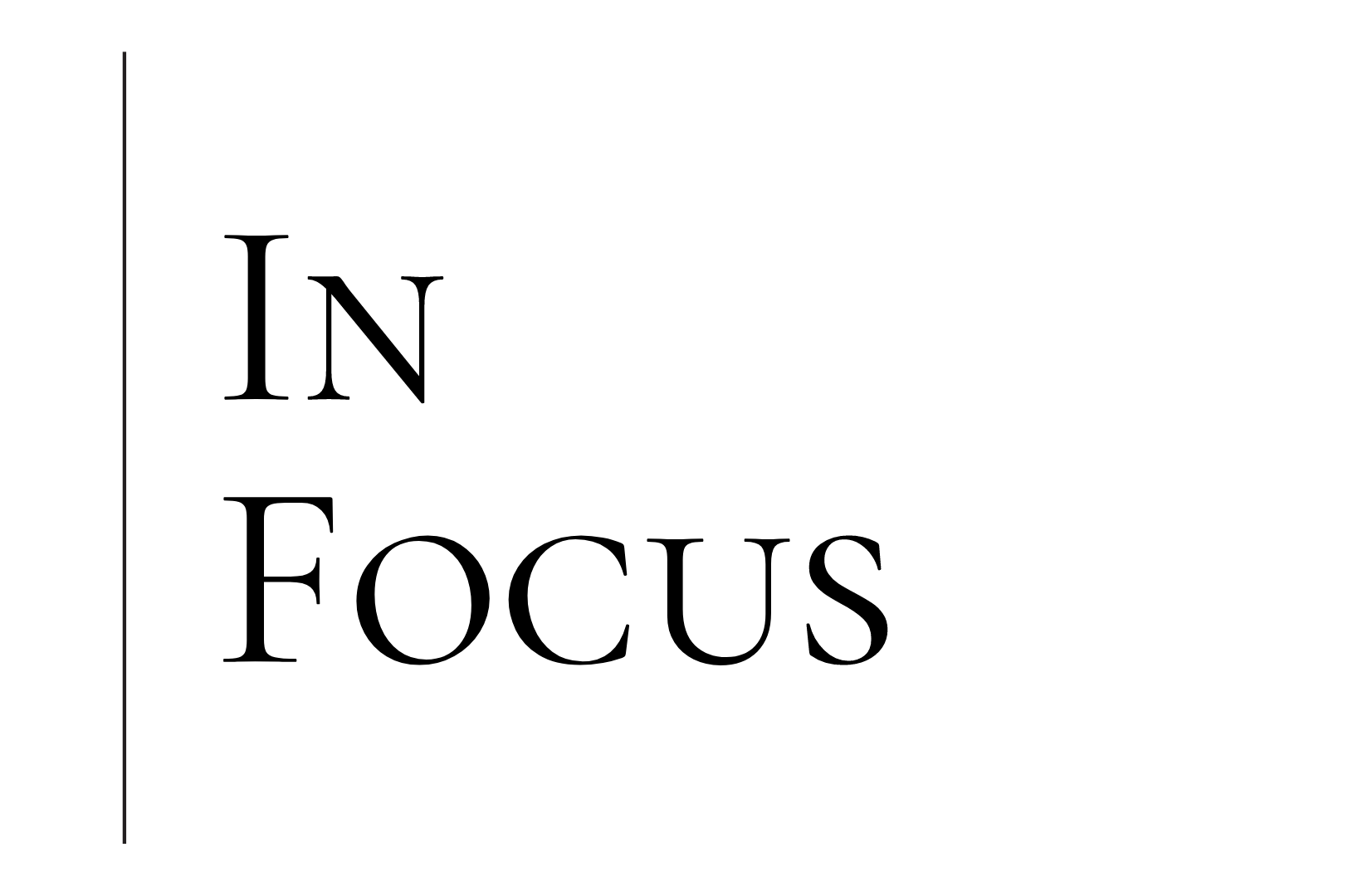Indias Large Exposure Regulations Compliant With Basel Framework
The large exposure regulations in India have been assessed as "Compliant" with the Basel large exposures (LEX) framework, according to the findings of the Regulatory Consistency Assessment Programme (RCAP) of the Basel Committee on Banking Supervision (BCBS). The Committee assessed this compliance as of the highest possible grade.
"Overall, as of June 7, 2019, the large exposures regulations in India are assessed as Compliant with the Basel large exposures framework... The components were all assessed as Compliant: scope and definition of the framework, minimum requirements and value of exposures," the Basel Committee report said.
The LEX framework is aimed at addressing the concentration risk that could arise as a result of a bank’s exposures to its counter-parties, result in concentration of its assets to a single counter-party or a group of connected counter-parties.
In some other respects, the Indian regulations are stricter than the Basel large exposures framework. For example, banks’ exposures to global systemically important banks are subject to stricter limits, in line with the letter and spirit of the Basel Guidelines, and the scope of application of the Indian standards is wider than just the internationally active banks covered by the Basel framework.
The committee's RCAP assessment team led by Vasily Pozdyshev, Deputy Governor of the Central Bank of the Russian Federation, observed that in some other respects, the Indian regulations are stricter than the Basel large exposures framework.
For example, banks’ exposures to global systemically important banks are subject to stricter limits, in line with the letter and spirit of the Basel Guidelines, and the scope of application of the Indian standards is wider than just the internationally active banks covered by the Basel framework.
The RBI implemented the large exposures framework in December 2016 by way of a circular modified in June 2019. Most of the requirements came into effect on April 1, 2019. The requirements apply to all scheduled commercial banks with the exception of regional rural banks.
Based on initial findings of the Assessment Team, RBI has decided to incorporate economic interdependence criteria for determining a group of connected counter-parties in all cases where the sum of all exposures to each such counter-party exceeds 5 per cent of the eligible capital base.
In order to provide time to the banks to adjust to the new requirement, the introduction of economic interdependence criteria in definition of connected counter-parties will be effective from April 1, 2020.
After discussions with the Assessment Team, in order to safeguard against a scenario where combined exposure to underlying entities through structures and otherwise may become a material source of concentration risk, RBI decided to make the LTA (look-through approach) the default approach for computing exposures to counter-parties through structures, thus bringing our guidelines in line with the BCBS LEX framework.
USAA And The Valero Texas Open Join Forces To Honor Military Heroes
Service Members and Veterans to Receive Exclusive Benefits and Complimentary Access Read more
USAA Stands Strong Amid Wildfire Losses, With More Than $1 Billion In Member Payments
Feb 05 2025 SAN ANTONIO, TX – February 5, 2025 – USAA, a leading financial services p... Read more
USAA Bank Board Appoints Michael Moran As Bank President
Jan 30 2025 San Antonio, TX – January 30, 2025 – Today, USAA Bank Board of Directors a... Read more
USAA Announces Juan C. Andrade As President And Chief Executive Officer
Global, Industry Leader and Public Servant Committed to Serving USAA, the Military Community and Their Families Read more
USAA Extends Sponsorship Of The Army-Navy Game Through 2030
Ahead of the 125th matchup of Army and Navy, USAA Continues Commitment to Academies Read more
Military Community Shows Financial Resilience, Growing Savings By 19% And Cutting Credit Card Balances By 23% Over Last Five Years, New USAA Bank Data Shows
USAA’s Military Financial Wellbeing Index highlights the impact of pandemic-era trends and inflation on service member... Read more

